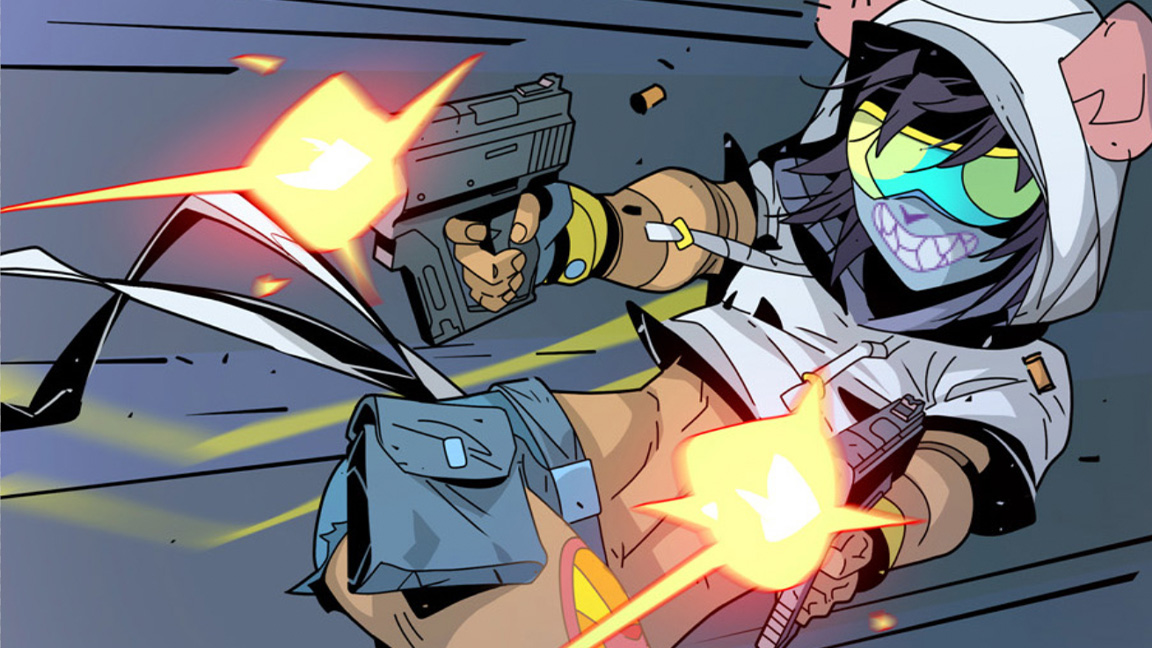
The cyberpunk gun fu action game SPINE from Cyprus-based studio Nekki is an ambitious project, as I discovered when I spoke to the art team about how SPINE is making use of Unreal Engine 5.
But not only is SPINE the studio’s first AAA PC and console game, it's also being spun out across a wide-reaching transmedia projects that encompasses web comics, merchandise, board games and even a potential movie and TV series. Game director Dmitry Pimenov explains how Nekki is managing the transmedia aspect of SPINE, and how Unreal Engine 5 has helped.
"Great franchises have been 'transmedia' for a long time," says Dmitry, noting that Star Wars is perhaps the most recognisable one. "They realised early on that if children had the opportunity to buy a lightsaber or a Chewbacca figurine, or to watch an animated show, it would allow them to stay inside the Star Wars universe for a long time after they had watched the Star Wars movie," he says.
Nekki has already had some previous experience of a transmedia project with its mobile game franchise Shadow Fight, which has seen more than a billion downloads. The series has had various tie-ins with comic books, plushies and board games, so it seemed natural to push that transmedia aspect forward with SPINE.
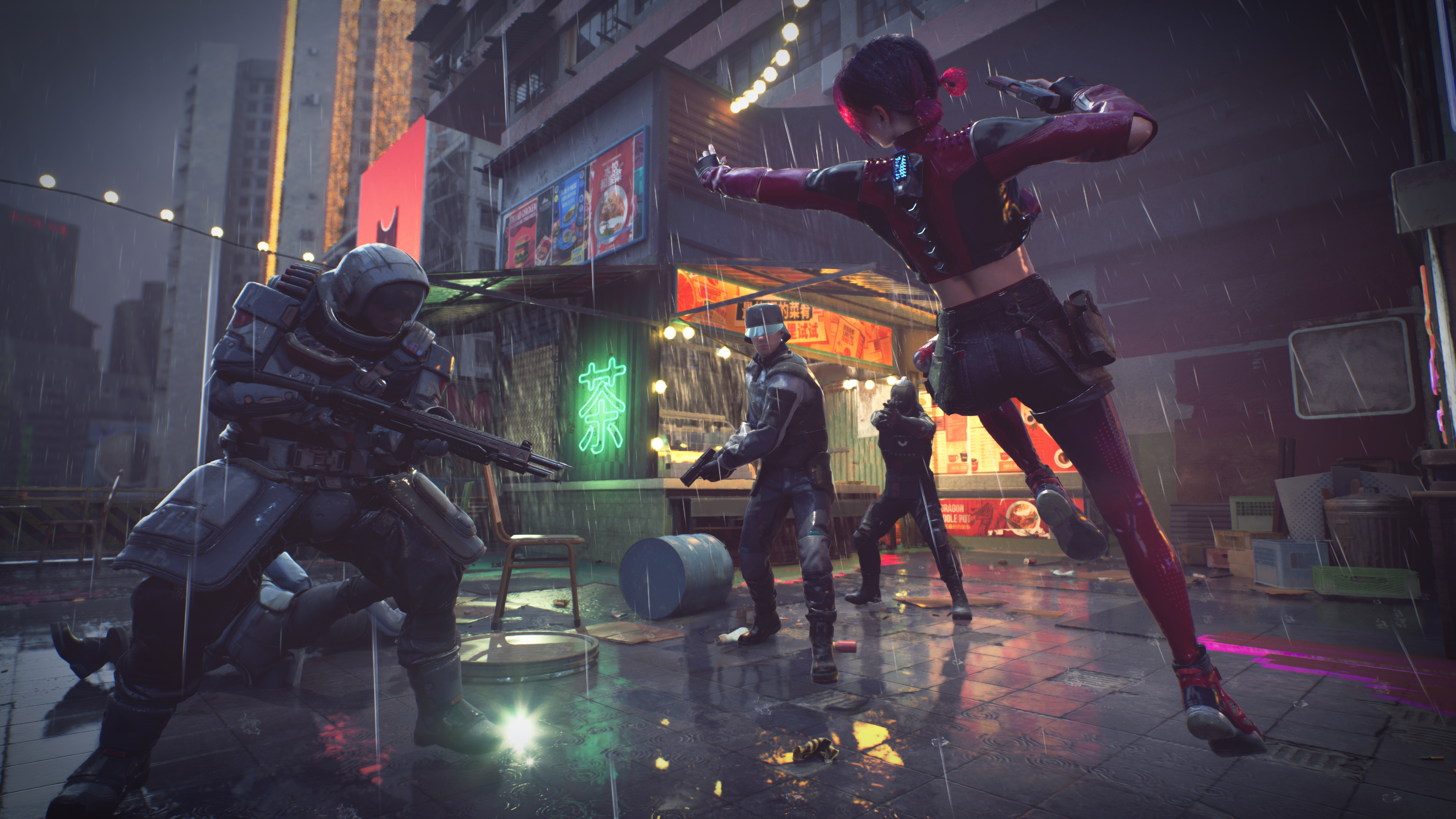
Indeed, even though the game has yet to be released, there is already a webtoon available called SPINE: Bullet Dancers, and Nekki is in talks with Story Kitchen about potential film and TV adaptations. "We were serious about the SPINE universe being a transmedia world from the beginning," says Dmitry. "We have a lot of stories to tell, as our world was designed that way: to give us room for sequels and transmedia projects."
One aspect that has aided Nekki's transmedia ambitions is Unreal Engine 5. Dmitry thinks that the high-quality visuals they've been able to produce with the engine have helped enormously with pitching. "Because we wanted to create a game which feels like an action movie, I think that UE5 really helped us to sell this idea in our trailers, which led to our collaboration with Story Kitchen on the live-action adaptation of SPINE," he says.
He adds that Unreal Engine 5 can blur the boundaries between media. "You can create your project assets and then use them in the same engine to compose a CGI trailer or, perhaps, a whole CGI movie," he says. "I like where our industry is going. I can't wait to see what people will create in the future!"
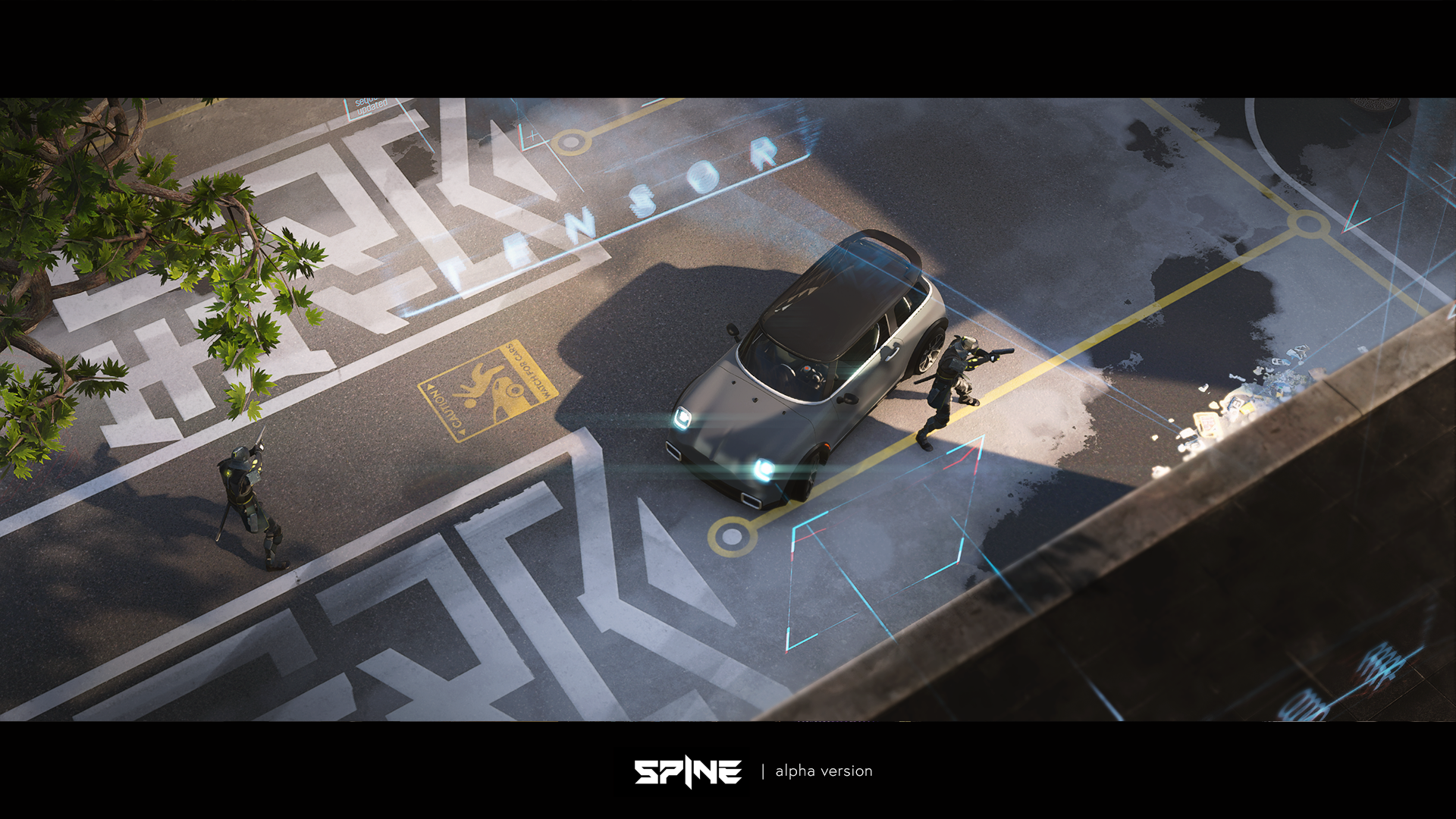
Creating a cohesive world that can be supported across numerous forms of media involved carefully planning out the narrative side of SPINE early on. "We don't plan on telling the same story again and again in different media," says Dmitry. "Instead, we want to create a universe which will allow us to tell different stories of different characters, with everything coming together and stories strengthening each other."
To enable this goal, the developer has first put together an extensive narrative description of the world of SPINE. This includes detailed explanations of the effects and origins of the semi-sentient spinal implants that form the backbone of the game (if you'll excuse the pun), along with details on things like the social structure of the game's world and the factions involved in the story.
"The second thing which is important is the core feeling of the series," says Dmitry. "SPINE is a story about gun fu, about rebellious people, vibrant characters and personalities. Thirdly, it is a post-modern world emerging from our own era, which allows us to use any homages, references and quotes if needed. These three things allow us to set up any new stories, while giving their authors creative freedom."
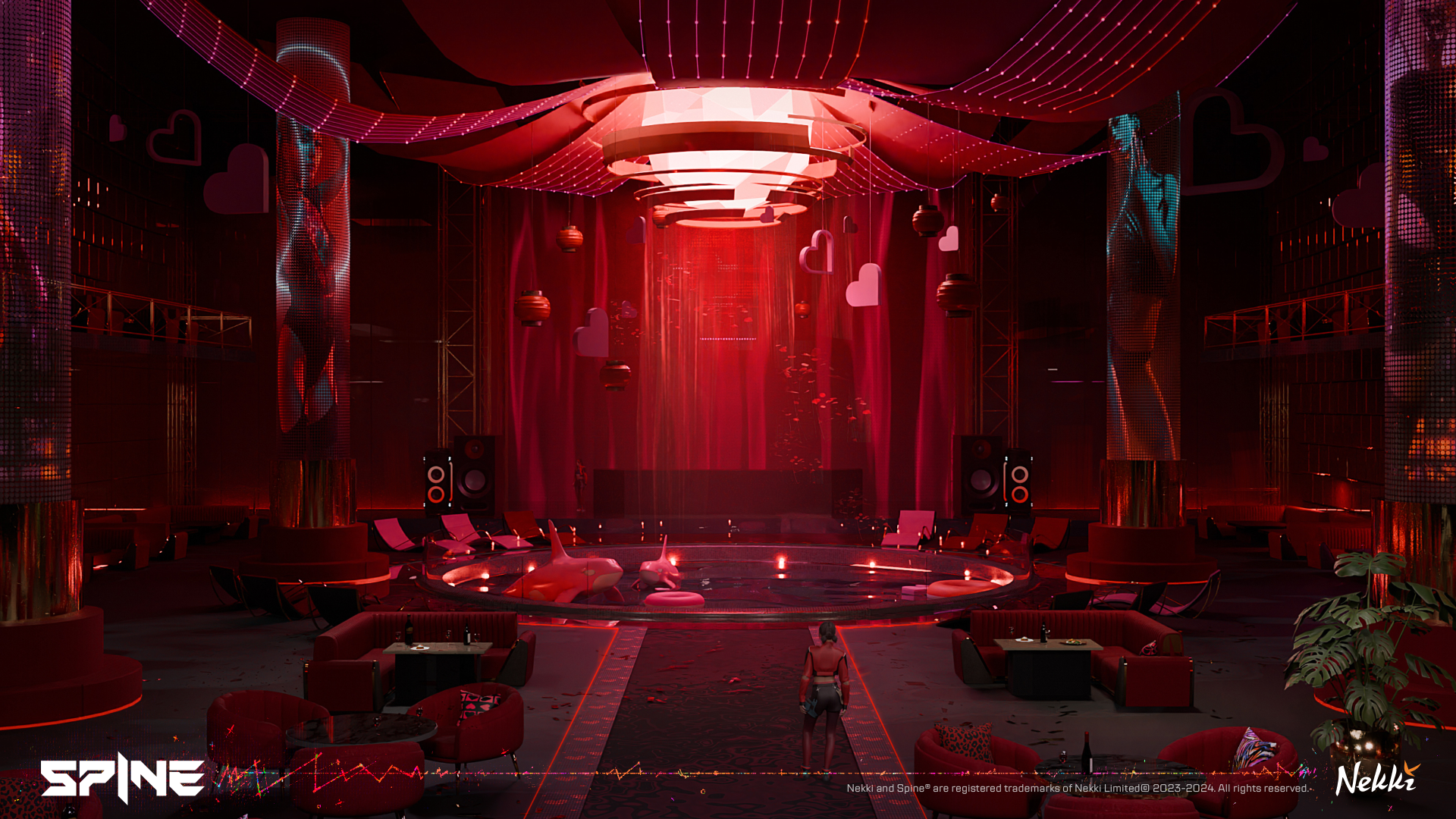
However, an ambitious transmedia project like this does come with some added difficulties. "The main challenge to us is developing the world of SPINE while working on it in different media at the same time," says Dmitry.
He continues: "There are often situations where you're busy laying the narrative groundwork for a game, and at the same time people from another team who, say, write a webtoon, ask about some details that should follow from work you haven't finished yet. Naturally, you have to switch and work on that aspect of the world, which can cause a pause in the development of something else."
But one thing that has helped is that the idea of SPINE has been brewing at Nekki for a long time, so the general direction of the story and artwork has been well established over a number of years. "Now we have enough narrative and artistic base to start production of any media content on the world of the game," says Dmitry.
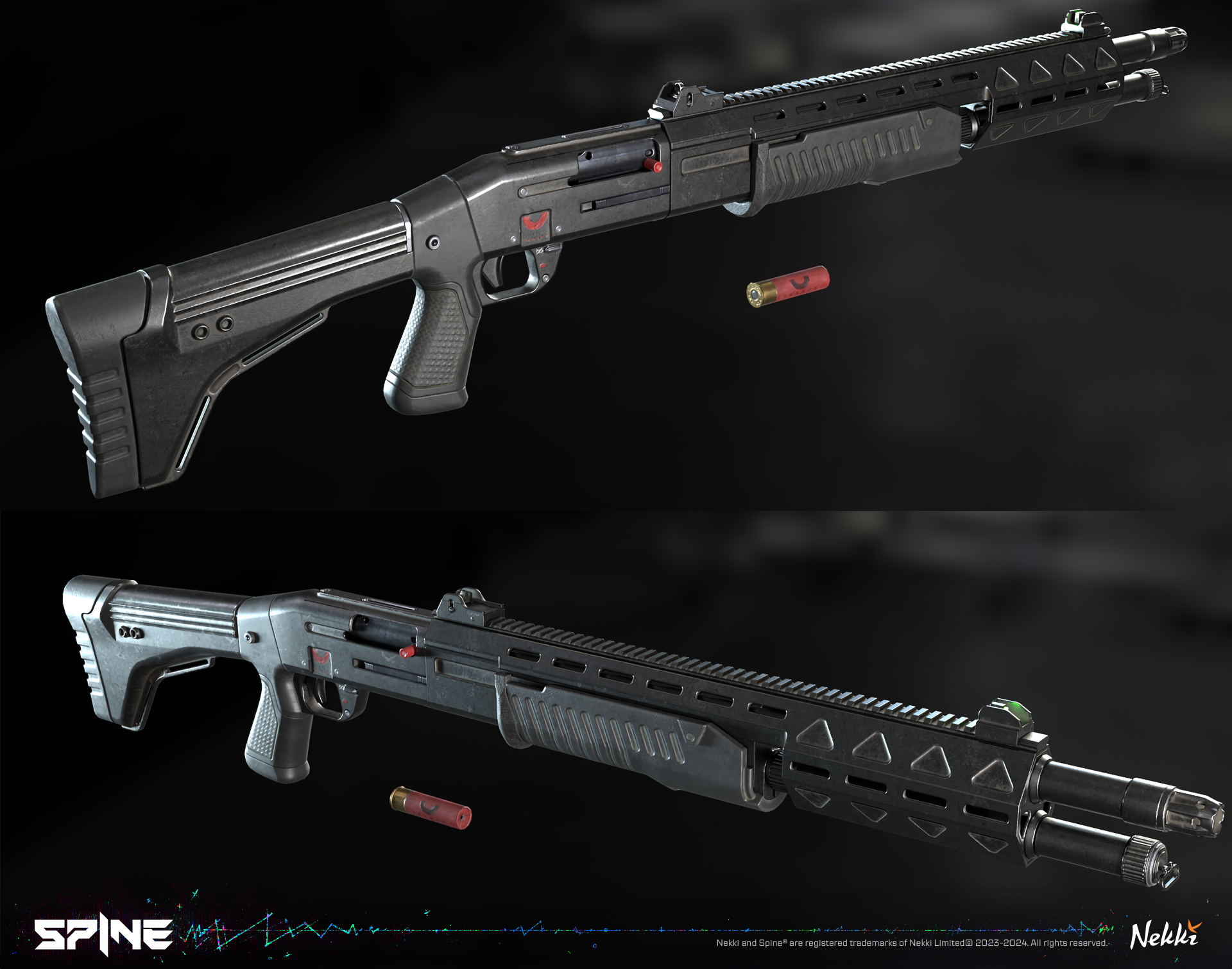
Nekki isn't the only art team and developer looking at transmedia and the advantages of using Unreal Engine 5, recently we discovered how the team behind Our Brilliant Ruin is also planning a release of games, comics and more, while director Haz Dulhill is planning a game based on his movie Apple TV movie Max Beyond. So does the future of game (and film) production lie in creating IP across media?
"We believe it is not only the future, but the present!" enthuses Dmitry. "Today we see a lot of games crossing media thresholds, IPs collaborating with each other, and so on. I think it's a great thing: audiences can choose how and where they engage with their favourite brands, and authors gain a lot of flexibility in where and how they tell their stories. At the same time, it gives more visibility to projects which cross-promote each other."
Then again, perhaps it’s unreasonable to expect every big game to have a tie-in comic or TV show. "It's possible smaller studios will struggle here if they do not have the resources for transmedia development or collaborations with big titles," Dmitry acknowledges. "But we believe if you create something while putting your heart into it, not just copying others, and stay true to your fans, that increases your chances of finding new audiences and gaining the interest of others."




!["[T]he First and Fifth Amendments Require ICE to Provide Information About the Whereabouts of a Detained Person"](https://images.inkl.com/s3/publisher/cover/212/reason-cover.png?w=600)


